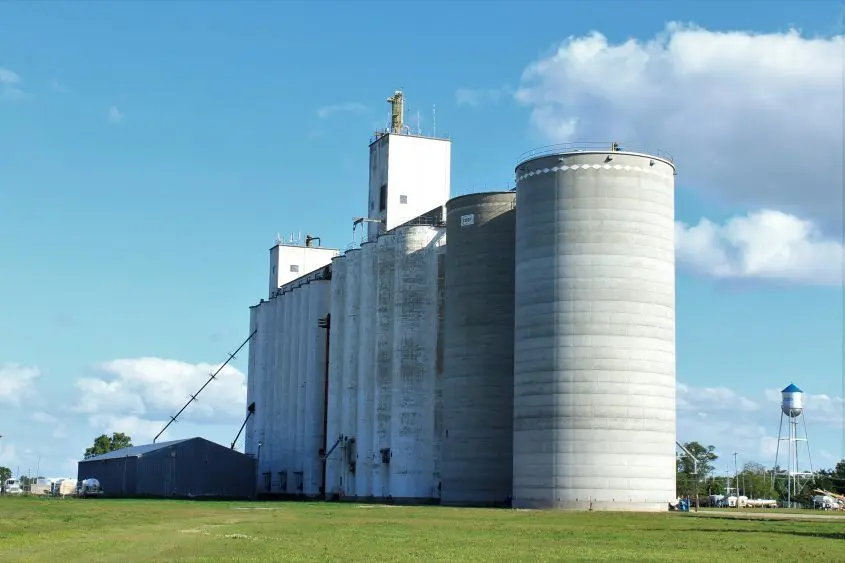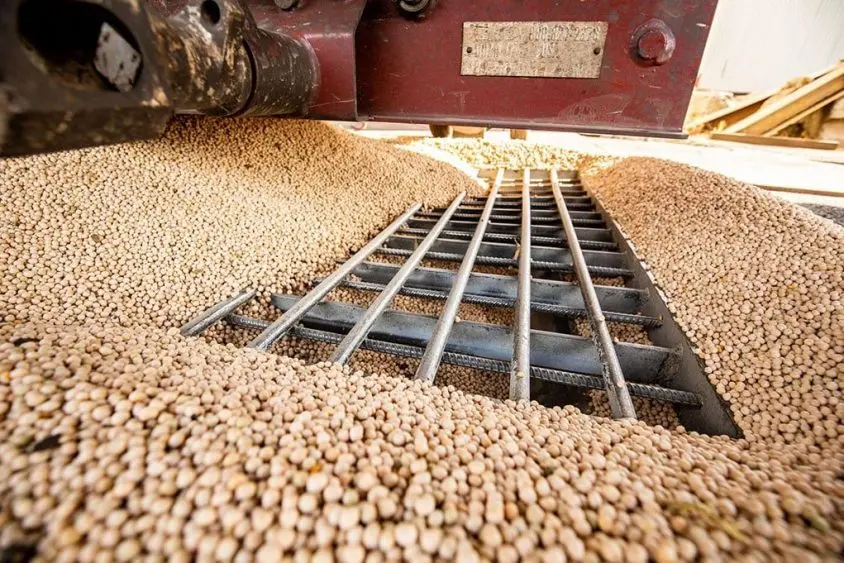
|
Sub-breakeven commodity prices and the consequent financial stress on crop producers have fueled worries over the financial health of agriculture. A quarterly report created by the Rural & Farm Finance Policy Center at the University of Missouri, the Leading Indicators of Farm Financial Stress, seeks to assess financial conditions and provide insights into agriculture’s financial health. The report, authored by Kansas State University economists Jennifer Ifft, Joe Parcell, and Alice Roach, tracks 14 data-driven financial indicators organized into four classes: (1) farm income and balance sheet health; (2) farm machinery; (3) market dynamics; and (4) credit quality. A 21-person panel of public and private sector economists assess the risks for each class of indicators as well as the overall farm economy. Risks are rated on a scale of 1-to-10 with 1=low risk and 10=high risk. Year-over-year changes are also tracked to track momentum in the indicators. Year-to-year changes are rated from 1=significant deterioration to 10=significant improvement. Figure 2 summarizes the economists’ latest view of the farm economy. |
|
Figure 2. Leading Farm Economy Indicators |
 |
|
Source: Ifft, J., Parcell, J., and Roach, A. “Leading Indicators of Farm Financial Stress: Fall 2025.” RaFF Policy Brief 2025-10(3), Rural and Farm Finance Policy Analysis Center, University of Missouri, October 15, 2025. |
|
The report rates the financial risk to the overall farm economy at 6.2, suggesting there’s an “intermediate risk” to the farm sector’s financial health. The rating is a slight deterioration from the previous year. The ratings for the classes were similar, ranging from 5.7 to 5.9. The higher rating for the overall farm economy means “the totality of the farm economy has greater risk than the independent parts,” according to the authors. Regarding momentum, the farm machinery market showed more deterioration compared to the other indicator classes. But farmer and banker sentiment and credit quality deteriorated somewhat as well. No change has been seen in farm income and balance sheet health from last year. The authors caution the indicators represent aggregate and average conditions in the farm economy. Differences among sectors like the crop or livestock sectors are not addressed. The deterioration over the past year is a sign financial stress in agriculture is creeping higher. And at least for the crop sector, market conditions foretell of continuing financial stress. The report can be found at: raff.missouri.edu. |



